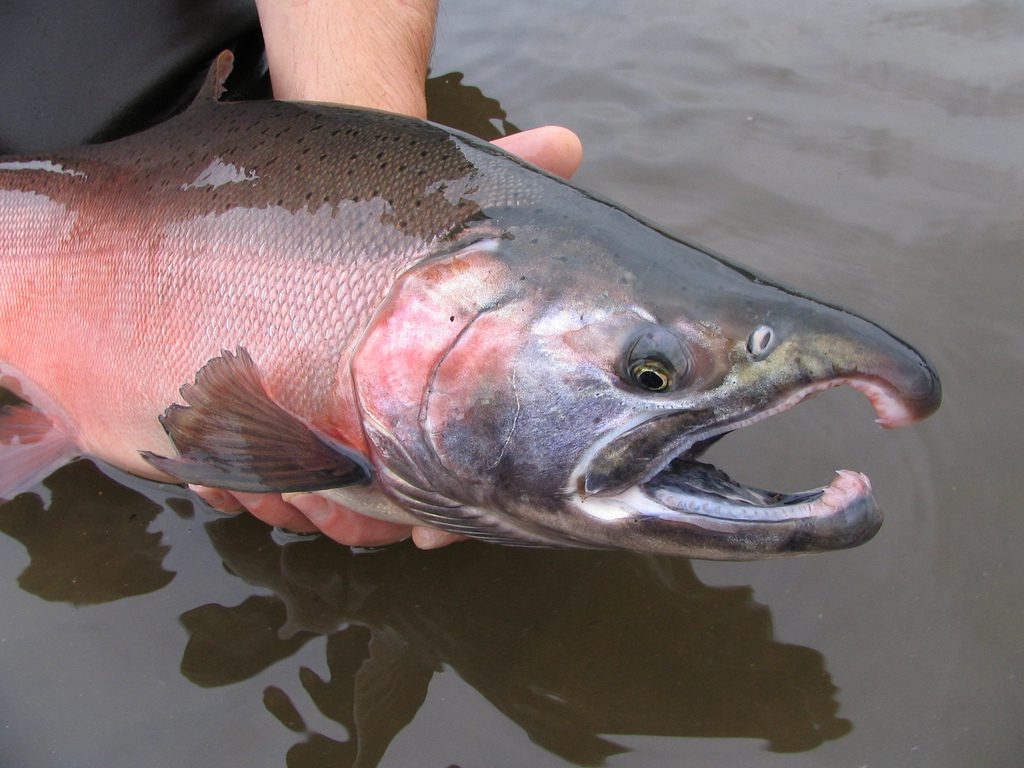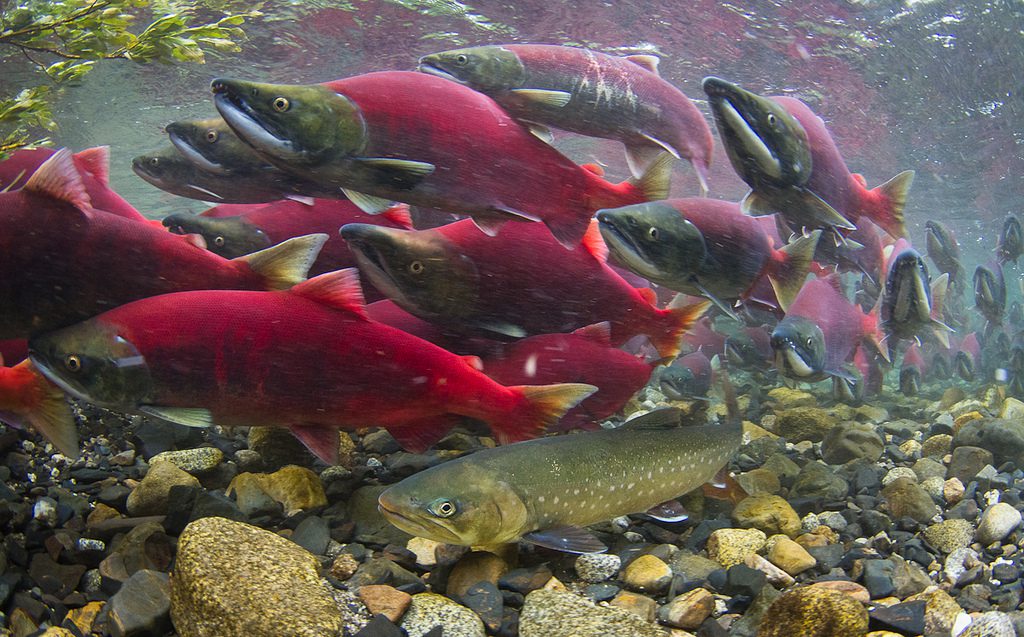Salmon is life throughout the Norton Sound, but the region has been facing a depressed salmon stock for decades. In hopes of identifying the salmon shortfalls in Norton Sound and making improvements, regional stakeholders look to the Comprehensive Salmon Plan, or CSP, as a roadmap.
Convening in Nome late last week, the Regional Planning Team (RPT) reviewed the recently expired plan—a living document needing an updated 15-year outlook plan. Originally approved by the Alaska Department of Fish & Game commissioner in 1996, the plan itself is a list of priorities intended to guide those starting a project to improve salmon stocks in the most effective way. Regional Aquaculture Association (RAA) Director Charlie Lean describes it as a “wish list” with instructional aid.
“The fishermen, subsistence or commercial—this is their chance to dream up their favorite project and say, ‘Hey, how about this—why don’t we do this?’ And then this is a technical group that looks at it and says, ‘Yeah, that’s a great idea but it would be better if we tweaked it, so here are some fixes to make it even better.’ Then we have a shopping list to go shopping for a contractor or agency to adopt the project and actually do it,” said Lean.
He said some of the ways to address the shortfall include better management, habitat rehabilitation and operating hatcheries. He brought suggestions from the RAA, including a low-tech idea for spawning ground improvement.
“A few years ago, I took our egg pump apparatus. I went out and I plunged a pipe with running water into potential spawning gravel and blew a bunch of mud out of the gravel,” said Lean. “Lo and behold, the next fall there were silver salmon spawning in that location and they continue to spawn there today.”
Lean said that sort of low-tech project would be good for civic groups, and could be effective anywhere placer mining or other occurrences cemented stream beds to make them unfit for spawning.
Others who attended the meeting offered a range of suggestions, from establishing more hatcheries to prioritizing subsistence.
“The emphasis on subsistence really is important for us and I know other groups as well,” said Michael Sloan with Nome Eskimo Community. “The uses for subsistence go well beyond food—they range into economics, culture, tradition. It’s too important to not have as a major goal within the Comprehensive Salmon Plan.”
Sloan requested the RPT add language to salmon plan to emphasize subsistence over other uses after achieving escapement goals, and says the tribe supports establishment of a salmon hatchery to restore depleted salmon stocks in Nome up to historical levels. Roy Ashenfelter also suggested that in the plan, harvest goals should be broken down by subdistrict rather than determined just by region and species.
RPT Chairman Sam Rabung explained how the plan will work in practice once it’s finalized.
“We take a look at the proposed project and see how it fits within the plan, as far as meeting the needs of the people wherever it’s going to be, and if it doesn’t, then we would recommend not approving it. If it does, then I assume we would recommend to approve it,” said Rabung. “That’s all this is, in a nutshell. We tried to get everybody’s wants and needs lined out here so that we can use that to evaluate the proposal as to how well it will address those wants and needs.”
But updating the plan promises to be a slow process, with last week’s lengthy meeting just establishing an outline. The next step is writing a first draft that will be reviewed by the RPT and shown to all the salmon fishing communities in the region. Feedback will be solicited before a finished product is presented next winter.







